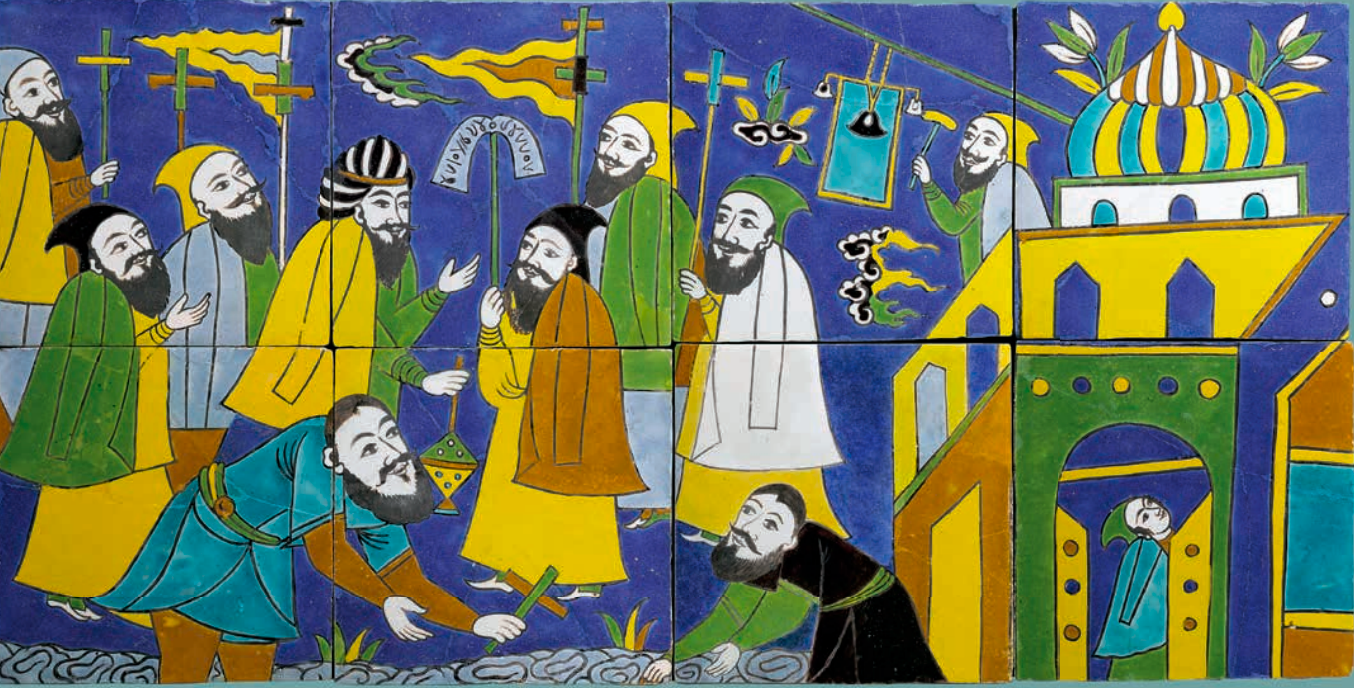
As a well-known ancient Chinese art museum at home and abroad, the Shanghai Museum has a collection of dozens of ancient books of the Song and Yuan Dynasties. Most of these ancient books are exquisite and beautiful rare books, or even orphans. On May 16, Shanghai Expo will host the first large-scale special exhibition on ancient books since the establishment of the museum, "Jade Chu Liufang: Exhibition of Song and Yuan Ancient Books Collected by Shanghai Museum".
"The Paper Art Review" saw in the exhibition hall of the Shanghai Museum today that almost all the ancient books of the Song and Yuan Dynasties at the bottom of the box were sold out. The 66 ancient books of the Song and Yuan Dynasties on display included two rare manuscripts of the Northern Song Dynasty "The Lotus Sutra of the Miaofa" , Wu Hufan's old collection of the Song Dynasty "The Divine Spectrum of Plum Blossoms", the overseas unique "Wang Wengong Collected Works", the Song rubbings "Lanting Continued Posts", the rarest and Xiunei's "Chunhua Pavilion Posts", etc.

Chunhua Getie (Song Dynasty) written by Wang, the third year of Chunhua in the Northern Song Dynasty (992) engraved Song rubbings
The first large-scale special exhibition of ancient books since the establishment of Shanghai Expo
The Shanghai Museum is the first batch of national key protection units for ancient books and the first batch of key protection units for ancient books in Shanghai. It has dozens of ancient books of the Song and Yuan Dynasties in its collection. Academic research value and artistic aesthetic value. For example, the rarest edition of "Chunhua Ge Tie", the only domestic edition of "Wang Wengong Collection", the isolated edition of Song Dynasty "Plum Blossoms" and other ancient books of the Song and Yuan Dynasties have appeared in several different exhibitions at Shanghai Bo, but they have never been gathered together. Special display.
On May 16, the first large-scale special exhibition of ancient books since the establishment of the Shanghai Expo will open. The Shanghai Expo will present 66 ancient books of the Song and Yuan Dynasties at the bottom of the box, presented in three units in three versions: manuscripts, engraved editions, and rubbings. It is worth mentioning that there are a total of 15 Song engravings in the collection of Shanghai Expo, and this time the Song engravings are all out.
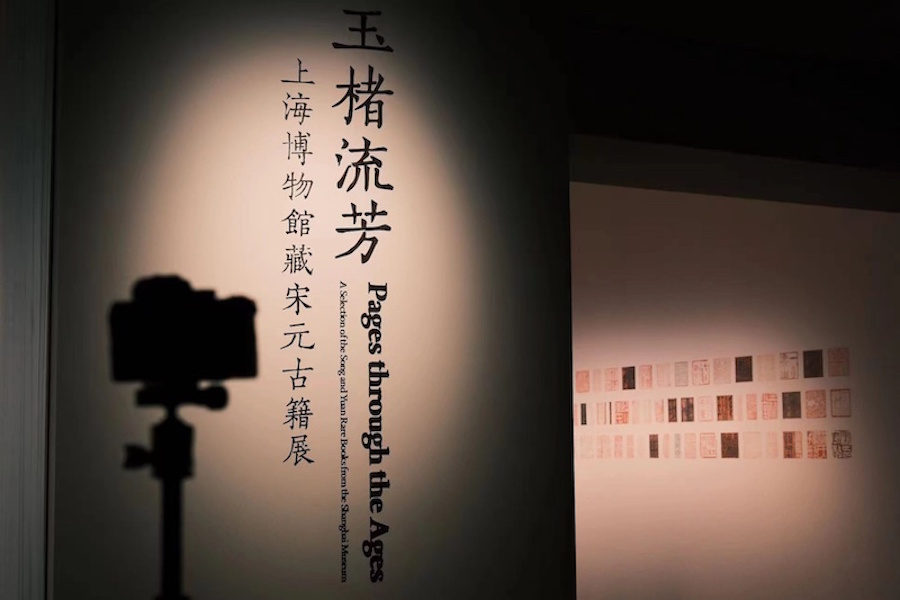
Exhibition hall scene
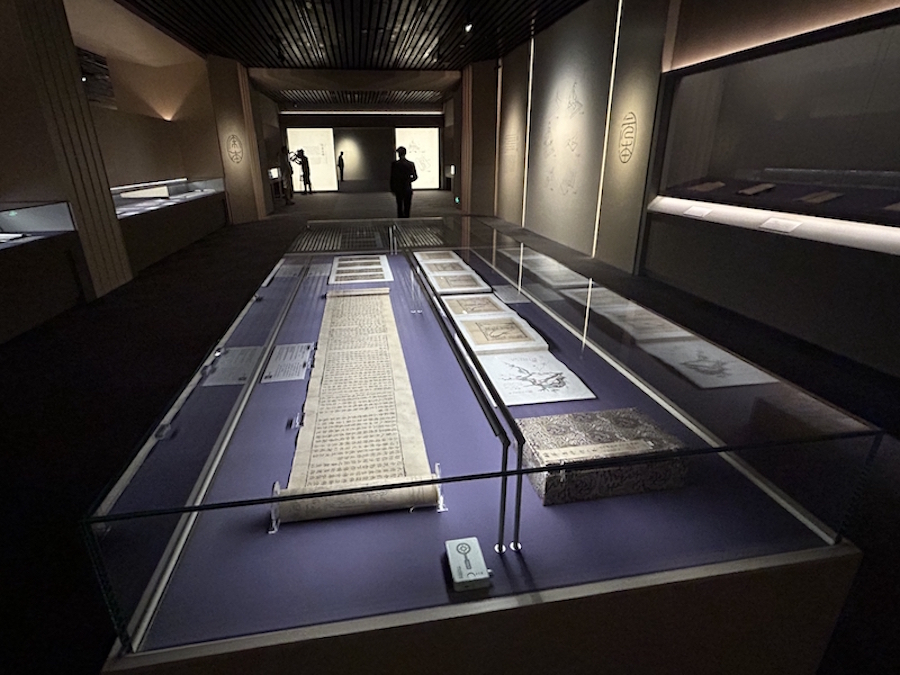
Exhibition hall scene
According to Chen Cai, an associate research librarian at the Shanghai Museum, Shanghai Museum, as a cultural relic collection institution, focuses more on the collection of utensils, calligraphy and paintings. The overall scale of the collection of ancient books is not large, but the quality is very fine. "We don't have a lot of ancient books in our collection. The total number of engraved books in our collection is about 10,000, and the rubbings are about 40,000 pieces, but the overall quality is very fine. Manuscripts, rubbings and imprints are mostly related to art and cultural subjects.”
"Because ancient books were originally used for reading, due to the limitation of their shape, it was impossible to fully present them, which was not conducive to daily display. Therefore, cultural and museum institutions rarely held special exhibitions of ancient books before." Chen Cai said. In recent years, With the research and protection of ancient books getting more and more attention, the publicity of ancient books work is also increasing. The leaders of the museum realized that they can strengthen the exhibition and display of ancient books, which can strengthen the public's awareness of the protection of ancient books.

Exhibition tidbits

Exhibition tidbits
"We hope that through this form of exhibition, more experts and scholars in the society will pay attention to the collection of ancient books at Shanghai Bo, and it can also play a role in popularizing science for ordinary audiences, letting them know the shape of ancient books." Chen Chen Cai said that although there are some changes in the form of ancient books and modern books, they are still in the same line on the whole, which also shows the continuation of Chinese culture.
The ancient books of Song and Yuan Dynasties poured out from the bottom of the box
Ancient books of the Song and Yuan Dynasties are the treasures of collectors in the past dynasties. In the Ming Dynasty, there was a saying that "one page of the Song edition is one tael of gold". It can be seen that the Song and Yuan editions were very rare in the Ming Dynasty, and it is even rarer that they can be handed down to the present. its precious. It is reported that the total number of ancient books of the Song and Yuan Dynasties collected by the Shanghai Museum is 70 or 80. This time, it is equivalent to displaying most of the ancient books of the Song and Yuan Dynasties collected by the Shanghai Museum, which can basically reflect the overall style of the collection of ancient books of the Song and Yuan Dynasties.
A large number of exhibits are listed in the "National Precious Ancient Books List" and "Shanghai Precious Ancient Books List". , Wu Hufan's old collection of the Song Dynasty's "Plum Blossom Joy Theologia", the overseas unique "Wang Wengong Collection", the best and Xiunei's "Chunhua Pavilion Tie", etc.
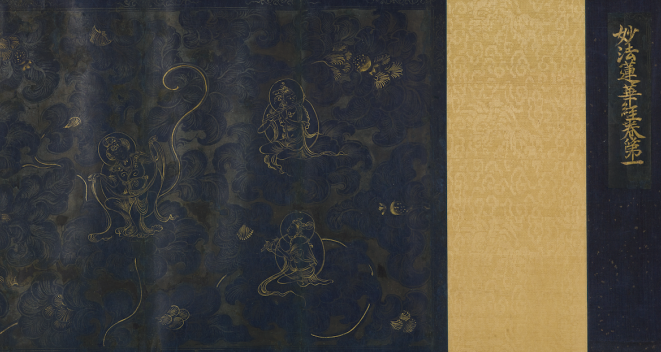
"Miaofa Lotus Sutra" (Later Qin Dynasty) translated by Kumarajiva, the sixth year of Kaibao in the Northern Song Dynasty (973) Du Yu's manuscript

"Miaofa Lotus Sutra" (Later Qin) translated by Kumarajiva, the sixth year of Kaibao in the Northern Song Dynasty (973) Du Yu's manuscript
The Lotus Sutra for short is the Lotus Sutra, which is an important classic of Mahayana Buddhism. Kumarajiva's Chinese translation is the most popular. Since the Tang Dynasty, seven volumes have been handed down. The first and fifth volumes of the two volumes exhibited at Shanghai Expo. The Buddhist paintings and inscriptions at the end of the volume are stored at the front of the volume, which are changed from folding scriptures to scroll packaging; the fifth volume is folded and bound. The first title, translator's name, title title and the word "Buddha" in the text are written with gold powder, while the rest of the text and the end title are written with silver powder. One of the Buddhist paintings in front of the scroll is a picture of preaching, and the other is a picture of jiyuetian.
According to Chen Cai, there are 7 Song Dynasty scriptures in the collection of Shanghai Expo. "Restricted by the production method, manuscripts are far less extant than engraved editions, so they are especially precious. Most of the extant scriptures are excavated from Dunhuang, and 7 of them in the Shanghai Museum are precious handed down copies, of which 5 are dated."
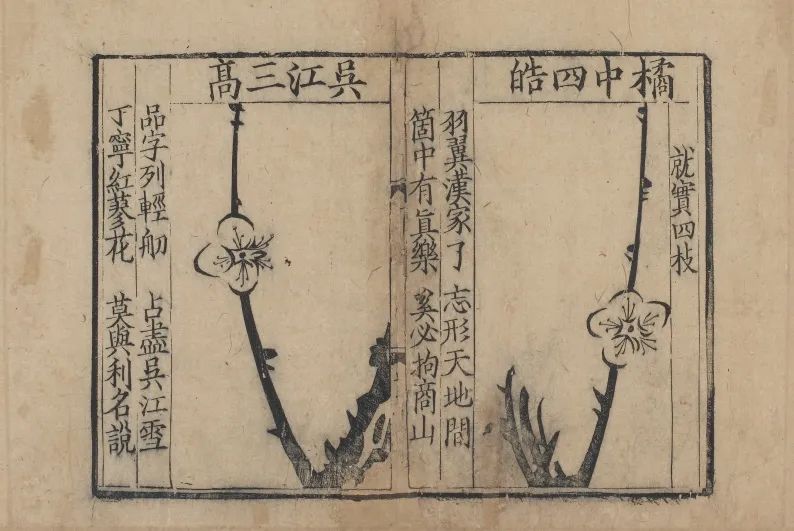
"The Divine Spectrum of Plum Blossoms" (Song) Song Boren Series Block-printed version of Jinhua Shuangguitang in the second year of Jingding in the Southern Song Dynasty (1261)
The second volume of "Plum Blossom Joy Divine Spectrum", an isolated edition published in Song Dynasty, contains 100 pictures of plum blossoms in different postures according to the eight stages of plum blossom growth, and each picture is accompanied by a title and a five-character poem. This book has inscriptions and postscripts by Huang Pilie, Qian Daxin and many other famous writers. Wu Hufan re-mounted it and changed it to folded and folded. He asked the contemporaries to write poems and lyrics and draw five pictures of plum blossoms.
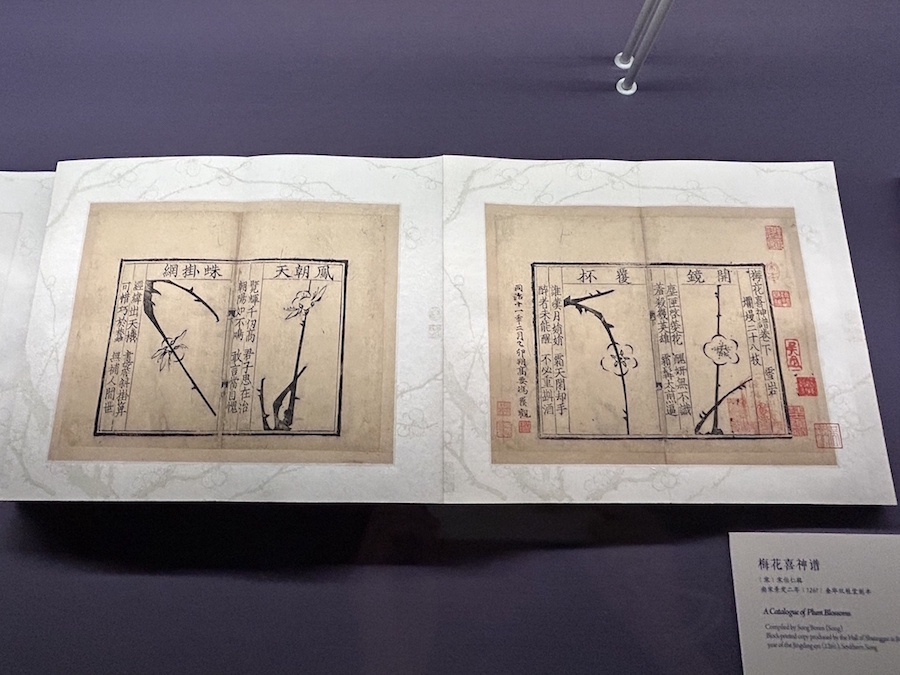
exhibition site
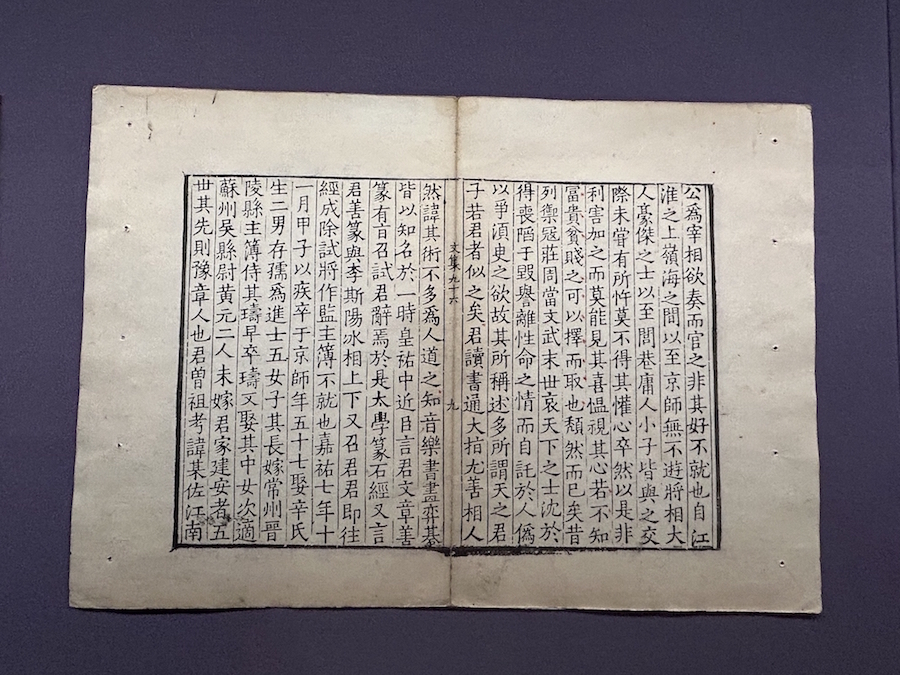
"Wang Wengong Collection" (Song Dynasty) written by Wang Anshi, Southern Song Dynasty Shaoxing Longshu County zhai engraved official paper print, donated by Wang Nanping and Fang Shuyan

"Wang Wengong Collection" (Song Dynasty) written by Wang Anshi, Southern Song Dynasty Shaoxing Longshu County zhai engraved official paper print, donated by Wang Nanping and Fang Shuyan
"Wang Wengong Collection" is the earliest surviving collection of Wang Anshi's collection. This edition was previously collected by the Qing Dynasty. According to Chen Cai, there are 100 volumes of "Wang Wen Gong Wen Ji", 2 volumes of "Catalogue", 72 volumes of the Shanghai Museum, and 70 volumes in the collection of the Japanese Imperial Household Agency. This edition of Shanghai Expo is an orphan in China, donated by Wang Nanping and Fang Shuyan.
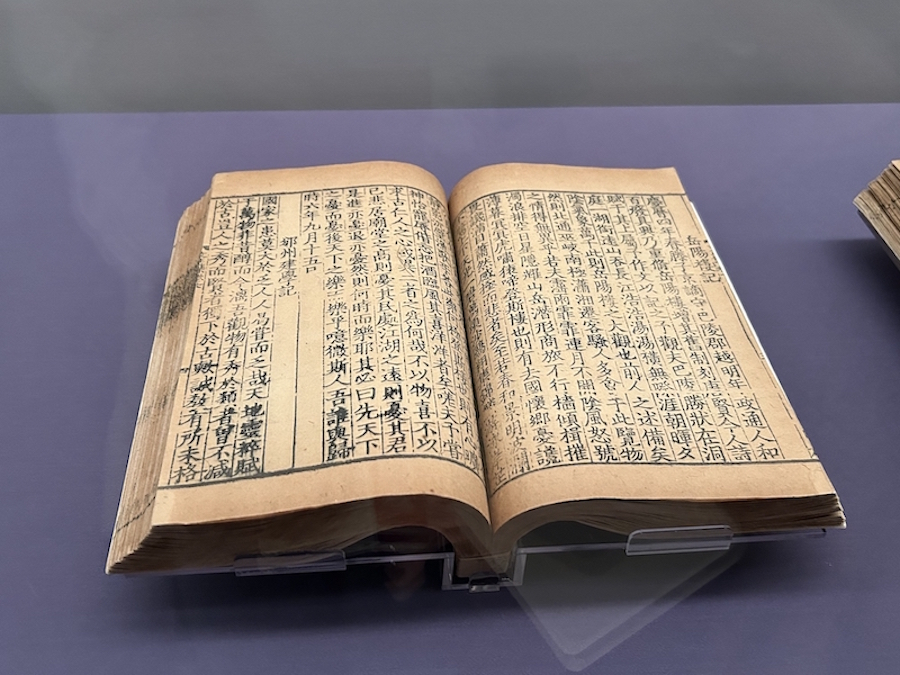
"Fan Wenzheng Public Collection" (Song) written by Fan Zhongyan, the first year of Yuan Tianli (1328) Fan's family of praise and virtues, Sui Hantang block edition

"Fan Wenzheng Public Collection" (Song) written by Fan Zhongyan, the first year of Yuan Tianli (1328) Fan's family of praise and virtues, Sui Hantang block edition
In addition, the audience can also see the famous "Yueyang Tower" handed down by Fan Zhongyan in our middle school textbooks in the exhibition hall. This article is included in the "Fan Wenzheng Gong Collection" on display. "Yueyang Tower" begins with "In the spring of the fourth year of Qingli, Teng Zijing was relegated to Baling County...", next to it is the epitaph of Fan Zhongyan's friend Teng Zijing. In addition, three volumes of "Wenzheng Gong Chido" were exhibited, which included 36 pieces of Fan Zhongyan's family letters. The exhibition hall showed the chido written by Fan Zhongyan to Teng Zijing. Chen Cai introduced that because Fan Zhongyan is a historical figure familiar to the audience, everyone has recited his famous work "The Story of Yueyang Tower" when they were young, and during the exhibition process, they also intentionally put together documents related to Fan Zhongyan.

"Poems and Notes of Du Gongbu Thatched Cottage" (Tang Dynasty) written by Du Fu (Song) Cai Mengbi Notes Song block edition
The Shanghai Museum has a total of 15 Song engravings, all of which will be exhibited this time. In addition to the "Plum Blossoms" and "Wang Wengong Collection", there will also be two engraved editions of the "Leifeng Pagoda Sutra" from the eighth year of Kaibao in the Northern Song Dynasty (975) ", Song Lin'an Wang Nian Sanlang's family engraved version of "Vajra Prajna Paramita Sutra", Song engraved edition of "Du Gongbu Thatched Cottage Poems" and so on.
The finale of the exhibition is "The Ancestor of Fatie", "Chunhua Pavilion Tie", "The Rare Version" and "Xiu Nei Si Version". The Ge Tie was compiled and engraved in the Northern Song Dynasty, and there are very few rare copies in the world. There are four volumes of the rarest edition in the Shanghai Museum, of which three volumes are the only surviving ancestral stone rubbings; and the "Xiu Nei Si Edition" is also an isolated edition, which is the only "Chunhua Ge Tie" reprinted by the royal family of the Southern Song Dynasty.

Chunhua Getie (Song Dynasty) written by Wang, the third year of Chunhua in the Northern Song Dynasty (992) engraved Song rubbings

Chunhua Getie (Song Dynasty) written by Wang, the third year of Chunhua in the Northern Song Dynasty (992) engraved Song rubbings
A total of more than 20 Song Tuo rubbings will be exhibited at Shanghai Expo. In addition to "Chunhua Ge Tie", the "best copy" and "Xiu Nei Si copy", three kinds of rubbings of the Southern Song Dynasty "Jiucheng "Gong Liquan Ming", five kinds of Song Tuo's "Huairen Ji Wang Shengjiao Preface"; Song Tuo's solitary copy of one of Wu Hufan's "Four Treasures of Cultural Relics" "Epitaph of Liang Xiaofu and Concubine Jing", Song Tuo's "Orchid Pavilion Continuation" "Volume 1 and 2" wait.
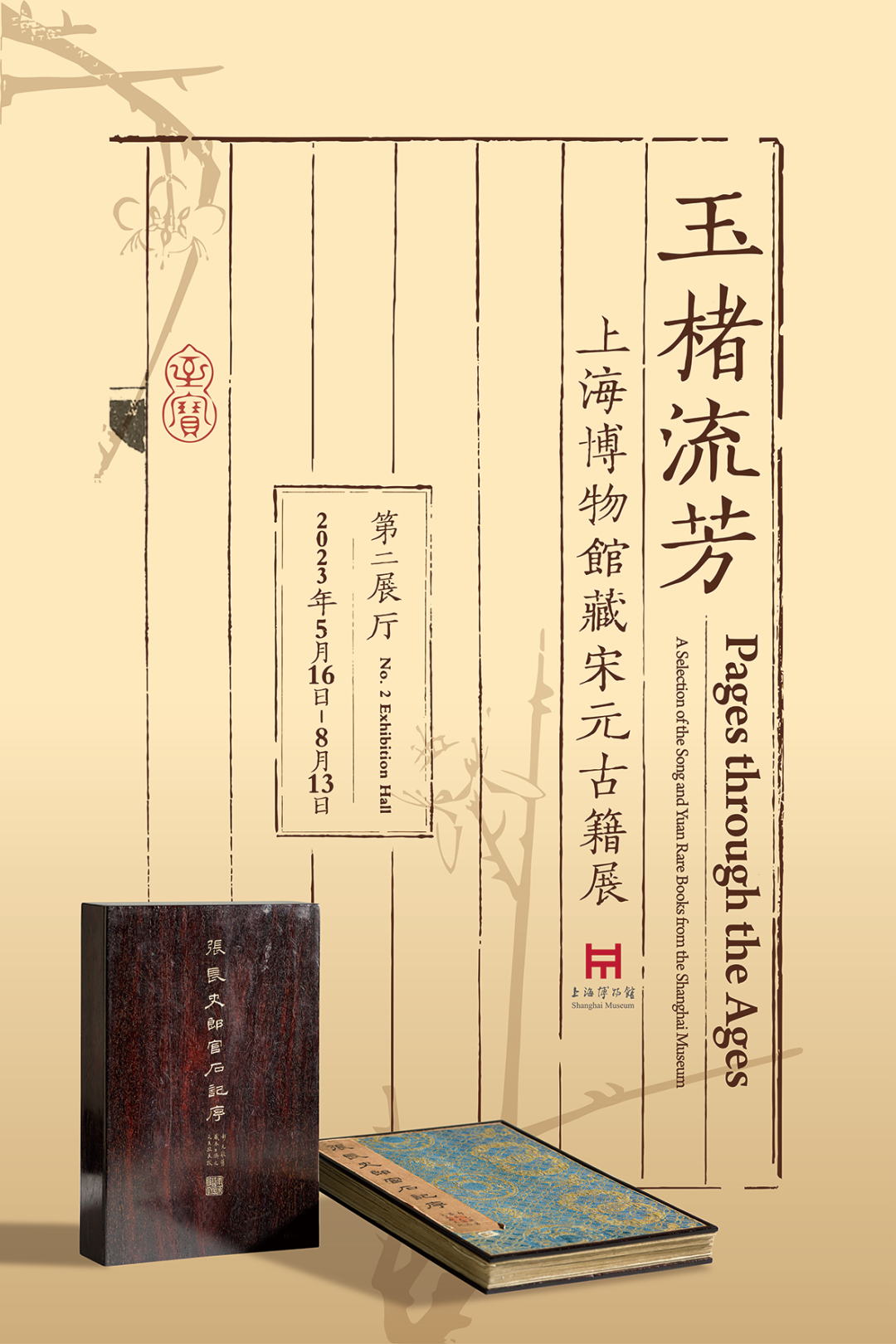
exhibition poster
